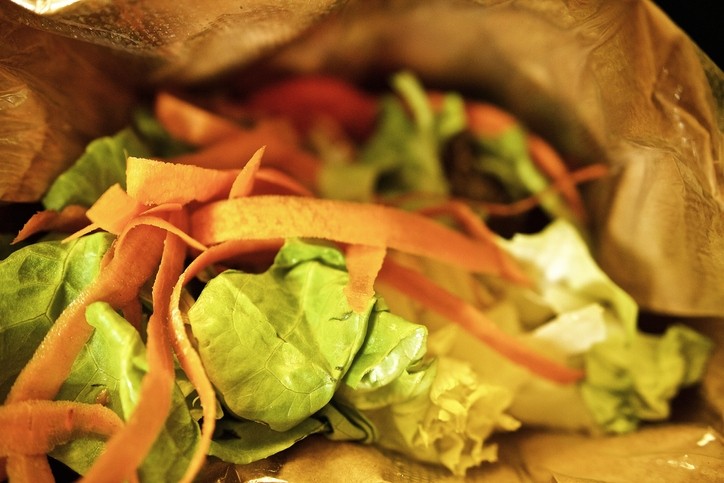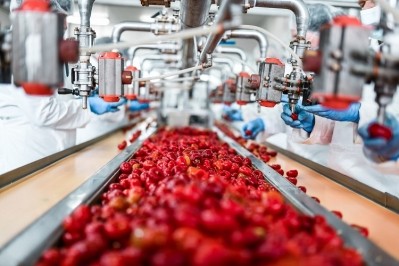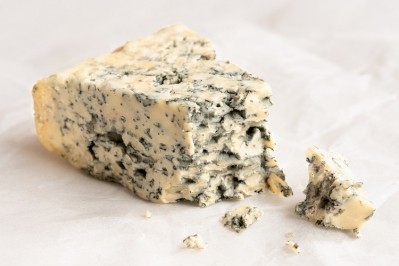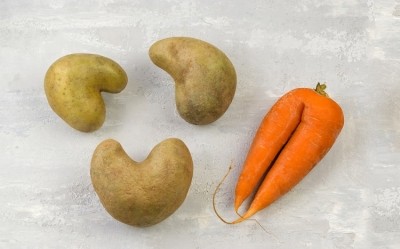Converting food waste to protein… first-time research reveals the benefits and burdens

Food innovators are hard at work finding elegant ways of making use of ingredients that otherwise would not have gone to human consumption.
Take Israeli food tech start-up Mush Foods which has developed its mycelium protein ingredient, called 50CUT, which is grown from side streams from coffee, beer, soy, and corn production. Or Estonia’s ÄIO, which is upcycling sawdust and other by-products of the wood and agricultural industry into alternative oils and fats.
Not only do these sophisticated solutions promise to reduce the environmental impact and improve the nutritional credentials of current food production, they can also provide alternative revenue sources.
Researchers from King’s College London agree that converting waste streams into protein using new technologies could solve malnutrition, reduce the pressure on agriculture and food supply chains caused by the COVID-19 pandemic and fight climate change.
Their new paper, published in Green Chemistry, claims to be the first-time researchers have extensively reviewed sustainable waste-to-protein technologies converting three main organic waste streams including agricultural residues (the unused part of the crop plant), food and drink industry waste and the organic fraction of municipal solid waste (i.e. kitchen waste).
The researchers looked at three different sustainable waste-to-protein technologies: microbial protein, insects as bio-converters, and bio-physicochemical treatments.
They concluded that using just one of these processes to convert agricultural food waste could provide three times the amount of protein the average person needs to feed every person in the world, every day.
First author Ellen Piercy, from King’s College London, said: “Reducing our waste by creating an economy powered by nature is crucial for fighting climate change. We currently throw away billions of tonnes of perfectly usable organic waste every year but by using sustainable bio-converters we can transform this food waste into a valuable protein resource.”
Recent disruption to global food supply chains has significantly increased the projected number of people suffering from malnutrition from 841 million to 909 million people by 2030, she added. Yet 1.3bn tonnes of wasted food and 11.1bn tonnes of crop residues such as wheat straw are being produced annually.
In the UK alone, 1.5 million tonnes of organic waste are created from the production of food, such as meat, diary, fruit and brewing products.
New waste-to-protein technologies therefore offer promising alternative protein sources that could increase food sustainability and security, whilst also addressing global malnutrition, the study’s authors stressed. Fermentation is one technology which could make a difference. Arable farming produces 8 billion tonnes of carbohydrate waste every year, but if this waste could be fermented to make something like mycoprotein, this would produce the same amount of protein that could be had from 5 billion cows – three times more cows than there are on the planet right now.
For the food industry, the main waste stream that could be utilized will be the by-products of the food production process, Piercy told FoodNavigator. “Two examples highlighted in the paper include brewers spent grain from the brewery industry, and the inedible parts of the shrimp (such as the shell and head), from the shrimp fishing industry. However, these are just two examples and food processing produces waste at each stage. For example, some crops spoil in transit, others are odd sizes, shapes or colours, and some exceed their best-by dates on supermarket shelves. All of these organic wastes could be applied to a waste-to-protein system.
“For microbial protein we highlight 80 potential species are being researched for waste-to-protein purposes. These include bacteria, fungi, yeast and algae species.”
Other technologies include employing insects to ingest food waste to grow and then subsequently harvesting them for human and animal consumption. These technologies are particularly efficient as they produce high level of proteins that are nutritionally viable, according to the researchers.
“Mealworms and black soldier fly seem to be the most popular options for research into insects as bio-converters,” Piercy said. “They have been approved for human food consumption in the EU, which could help accelerate the application of this technology option. Bio-physicochemical treatments include technologies such as separation techniques, enzyme treatment, and microwave assisted extraction.”
Corresponding author Dr. Miao Guo from King’s College London added: “Organic waste derived from the food industry or agricultural sectors is a valuable resource. Waste can be recovered as high-value products such as proteins. Waste to protein technologies could offer promising protein alternatives to help alleviate the global hunger crisis. Our research suggests that beyond any individual technology, it is very important to synergistically integrate technologies and optimise the protein recovery from diverse waste streams. This paper represents a cross-disciplinary challenge which can only be tackled by joint efforts from scientists, engineers, working together with industry and governments.”
Regulatory barriers hinder the development of waste-to-protein technologies
There are many challenges preventing the latest technological solutions becoming practical solutions at scale, however. For example, a lack of fermentation facilities worldwide is creating a biomanufacturing bottleneck and stunting growth, a new report from Synonym Bio has revealed. Public perception of waste-to-protein processes and alternative proteins needs to change. Additionally, the hygienic quality and safety standards set by regulations vary significantly from country to country, according to the study’s authors.
“The technologies on offer to convert these waste streams into food- and feed-grade protein range in their technology readiness level,” said Piercy. “However, for technologies with high technology readiness levels, the main gap facing industrial application seems to be novel protein regulation processes. Applying for novel food status can be an expensive and time-consuming process. Additionally, regulation process differs between regions, with no standardized system, which can act as a barrier to novel protein implementation. Clearer regulation processes and more standardized approval systems could aid in alleviating this current barrier.”
Another of the study’s author, Miao Guo, told us: “Current gaps in my opinion is the technology system integration to enable cost-effective technology for waste recovery. Food waste streams include carbon-rich/nutrient-rich side streams from food processing, including solid, liquid or gas streams, for example wastewater from fermentation as well as the agricultural lignocellulosic waste from staple crops such as wheat and rice straw.”
What will consumers make of foods made via waste?
As part of the review, the researchers considered consumer perception analysis. “Perceptions of waste-to-protein vary greatly by country and culture and therefore a targeted approach would be recommended,” said Piercy. “We have suggested that regions with a strong history of insect consumption could be good candidates for insects as bio-converters such as South East Asia and Africa. By contrast Europe and North America have a history of microbial protein consumption therefore microbial fermentation waste-to-protein streams would be recommended.
“The article discusses food- and feed-grade proteins, however waste to feed-grade protein seems to be a more easily accepted concept at this current period in time. However, in terms of waste-to-protein as a concept there appears to be an increasingly positive attitude towards alternative proteins in line with shift in consumer awareness surrounding sustainability.”
Reference
A sustainable waste-to-protein system to maximise waste resource utilisation for developing foodand feed-grade protein solutions
Green Chemistry
DOI: 10.1039/d2gc03095k
























